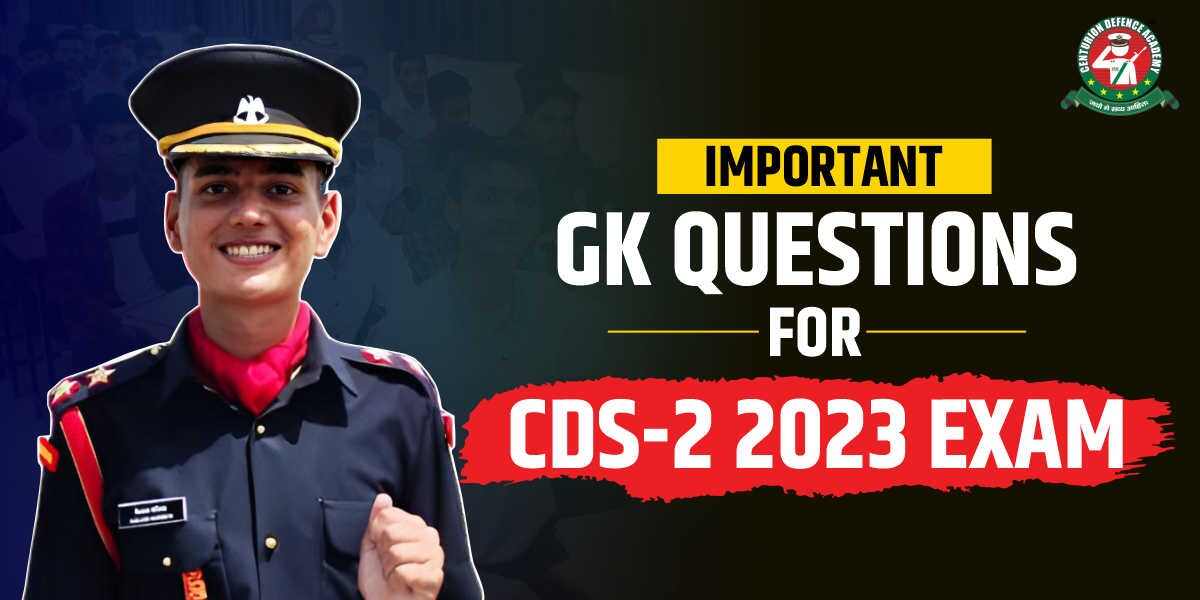
CDS 2 2023 Important GK Questions with Answers
Most Important GK Questions with Answers for CDS-2 2023 Exam Preparation
The Union Public Service Commission (UPSC) conducts the CDS exam to select eligible graduate defence aspirants for the Indian Armed Forces. The CDS 2 2023 exam is around the corner. As per the UPSC, the Combined Defence Services 2 2023 exam will take place on 3rd September 2023. To help defence aspirants excel in the CDS exam, Centurion Defence Academy has prepared some important GK questions with answers for CDS 2 2023 exam. In this detailed article, we will cover the most important GK questions and answers for CDS which will help you perform well in your upcoming CDS exam.
Question 1: In which year was telegraph communication between India and England opened?
Answer: The telegraph communication between India and England was opened in the year 1865.
Question 2: What is the purpose of the National Authority for Chemical Weapons Convention (NACWC), and which government body does it operate under?
Answer: The National Authority for Chemical Weapons Convention (NACWC) serves as an office of the Cabinet Secretariat, Government of India, and it is responsible for matters related to the Chemical Weapons Convention.
Question 3: How would you define the concept of “pump priming” in an economic context, and when is it typically employed?
Answer: Pump priming refers to the measures taken to stimulate spending within an economy, particularly during or after a recession. It involves injecting funds into the economy to encourage consumer and business spending and boost economic activity.
Question 4: What does the term “dumping” mean in international trade, and how is it characterized?
Answer: Dumping in international trade occurs when a country or company exports a product to another country’s market at a price that is lower than the price at which the same product is sold in the exporter’s domestic market. This practice can often lead to unfair competition and trade disputes.
Question 5: How would you define the term “Bank Rate” in the context of monetary policy, and what transactions does it involve?
Answer: Bank Rate refers to the interest rate at which the central bank (such as the Reserve Bank of India) is willing to buy or rediscount financial instruments like bills of exchange or other commercial papers from commercial banks. It plays a role in influencing the general interest rate levels in the economy.
Question 6: What is the definition of “Repo Rate” within the framework of monetary policy, and what purpose does it serve?
Answer: Repo Rate is the interest rate at which the central bank (like the Reserve Bank of India) lends short-term funds to commercial banks under the liquidity adjustment facility (LAF). Banks provide government securities as collateral, and in return, they receive funds to meet their short-term liquidity needs. Repo Rate helps regulate the money supply and inflation.
Question 7: How would you define the term “agflation,” and what specifically does it refer to?
Answer: Agflation is a term used to describe an accelerated increase in the prices of food and industrial agricultural crops that outpaces the general rise in prices across the economy.
Question 8: What is the meaning of the term “stagflation,” and what are the key components that characterize it?
Answer: Stagflation is a situation where an economy experiences a combination of three unfavorable conditions: inflation (rising general price levels), slow economic growth, and high unemployment rates.
Question 9: When and by which government entity was the UIDAI established, and what is its current organizational placement?
Answer: The UIDAI (Unique Identification Authority of India) was initially established by the Government of India in January 2009, functioning as an attached office under the Planning Commission. It now operates under the Ministry of Electronics and Information Technology, in accordance with the Aadhaar Act of 2016.
Question 10: What is the purpose and scope of the National Population Register (NPR) in India?
Answer: The National Population Register (NPR) is a comprehensive register that maintains detailed records of individuals residing in both rural and urban areas of India. It includes information about both citizens and non-citizens and is used for demographic and developmental planning purposes.
Question 11: How is the term “crude literacy rate” defined, and what population does it encompass?
Answer: The “crude literacy rate” refers to the overall literacy rate of a population, taking into account people of all ages, without any age-related considerations. It provides a general sense of the literacy level within a society without accounting for age-related variations.
Question 12: What is the definition of “effective literacy rate,” and how is it different from the “crude literacy rate”?
Answer: The “effective literacy rate” is the literacy rate calculated for individuals aged 7 and above within a population. Unlike the “crude literacy rate,” which considers people of all ages, the effective literacy rate specifically focuses on individuals who are typical of school-going age and beyond.
Question 13: How was the 2011 Census of India conducted, and what were the two phases involved in the process?
Answer: The 2011 Census of India, also known as the 15th Indian Census, was carried out in two distinct phases. The first phase involved house listing, where information about households and their amenities was collected. The second phase encompassed population enumeration, where detailed demographic data about the individuals residing in these households was gathered.
Question 14: What is the significance of the title “Falcon Capital of the World” in relation to Nagaland?
Answer: Nagaland is often referred to as the “Falcon Capital of the World.” This title reflects the region’s remarkable diversity and abundance of falcon species. The presence of various falcon species in Nagaland has earned it this distinctive recognition.
Question 15: What does Article 148 of the Constitution of India talk about?
Answer: Article 148 of the Constitution of India talks about the Comptroller and Auditor General of India.
Question 16: What does Article 330 of the Indian Constitution talk about?
Answer: Article 330 of the Indian Constitution talks about the reservation of seats for SC and ST in the Lok Sabha.
Question 17: Which Article of the Indian Constitution talks about the right of minorities to establish and administer educational institutions?
Answer: Article 30 of the Indian Constitution talks about the right of minorities to establish and administer educational institutions.
Question 18: What does Article 312 of the Indian Constitution talk about?
Answer: Article 312 of the Indian Constitution talks about the All-India Services.
Question 19: Which article of the Indian Constitution talks about equal justice and free legal aid?
Answer: Article 39-A of the Indian Constitution talks about equal justice and free legal aid.
Question 20: Between whom was the Battle of Colachel fought in 1741?
Answer: The Battle of Colachel in 1741 was fought between the Indian kingdom of Travancore and the Dutch East India Company.
Important GK Topics for CDS Exam
The following are the important GK topics for the CDS exam based on the analysis of the previous years’ question papers. These topics are mostly covered in the CDS exam as a large number of questions are asked from the given topics in almost every cycle of the CDS exam. Therefore, it is very important to cover these topics and revise them properly to score adequate marks in the GK paper of the CDS exam.
- Physiographic divisions of India
- Nicknames and other names by which Indian states are known
- Detailed Map Study (boundaries of states of India and neighboring countries)
- All Important Lakes with their locations
- Census 2011 in detail
- Tropic of Cancer and the Indian states it touches
- Economic instruments related to inflation and monetary policy
- Objectives of NITI Aayog
- Writs under the Indian Constitution in detail
- Autobiographies of freedom fighters of India
- Formation and Workings of the Indian National Army in Detail
- Various Forms of Bhakti (Saguna, Nirguna, Alvars, Nayanars)
- Major ethnic communities of Indian states
- Plant Cells and Animal Cells in Detail
- UNESCO World Heritage Sites in India
- Important Days and Dates (International and National)
- Important ongoing National and International Seminars
- Recent Military Exercises with their Latest Editions
- What are various ways to Combat Inflation?
- Different Economic Terms like Deflation, Stagflation, Devaluation, Recession
- Different Types of Unemployment with Examples
- Departments and Authorities of Various Ministries of the Indian Government
- Independent Ministries and Ministries under the Prime Minister’s control
- All Zonal Councils of India
- All Schedules of the Indian Constitution in Detail
- Formation of Various Sabhas and Samitis during the Indian National Movement
- Soil and Their Types and USDA soil taxonomy
- Types of Clouds and their features
- G 20 coverage in detail
- Major Indian Rivers and their tributaries
Candidates preparing for the CDS 2 2023 exam can visit the official YouTube channel of Centurion Defence Academy for the consistent practice of questions and effective revision of all the important topics for the upcoming CDS exam. Additionally, you can further enhance your CDS preparation by downloading the Centurion Digital App from the Google Play Store. This app offers access to PYQs and mock tests for the CDS exam. Take advantage of these study materials to boost your overall preparation and increase your chances of success.

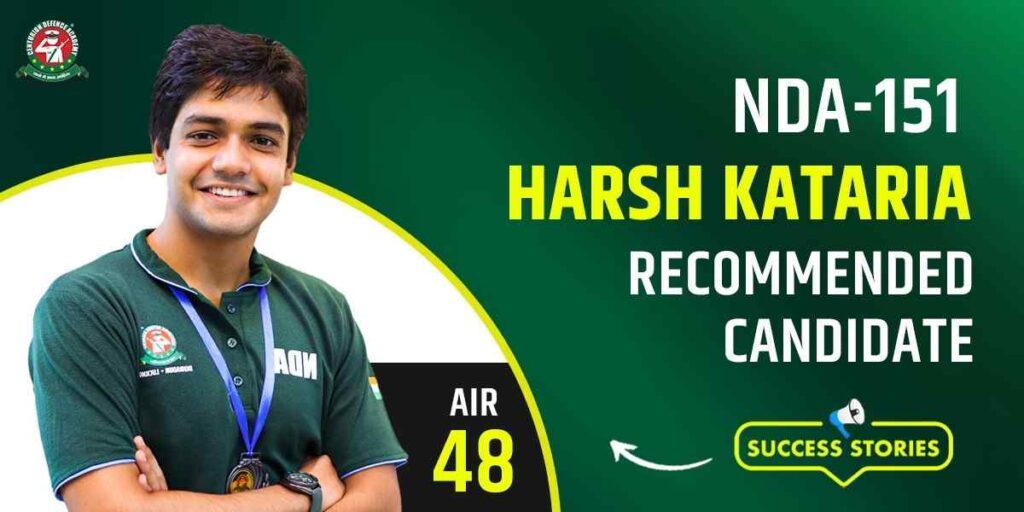
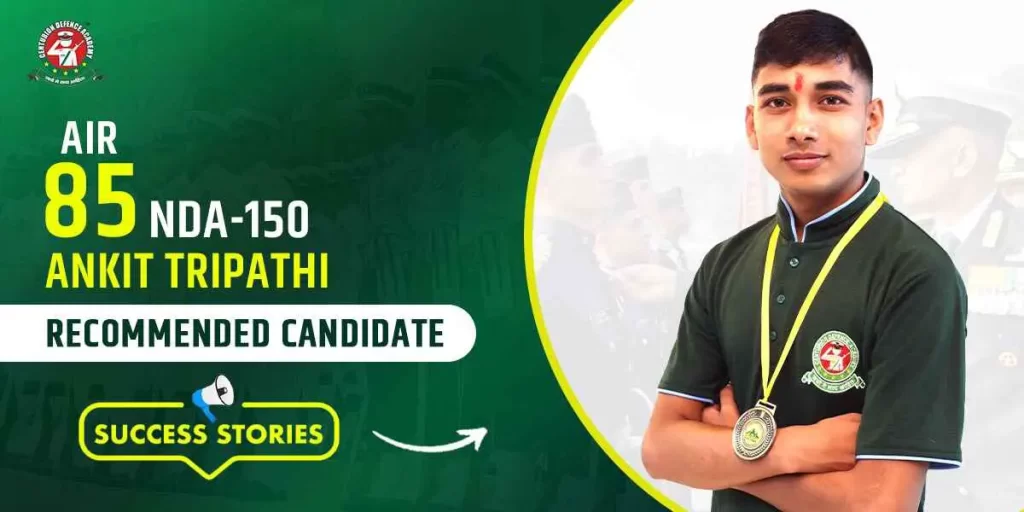
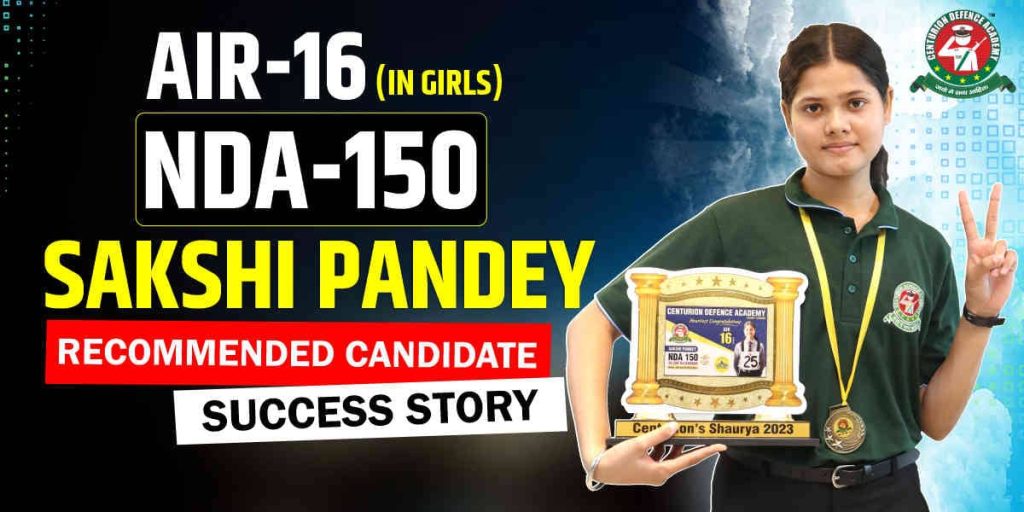
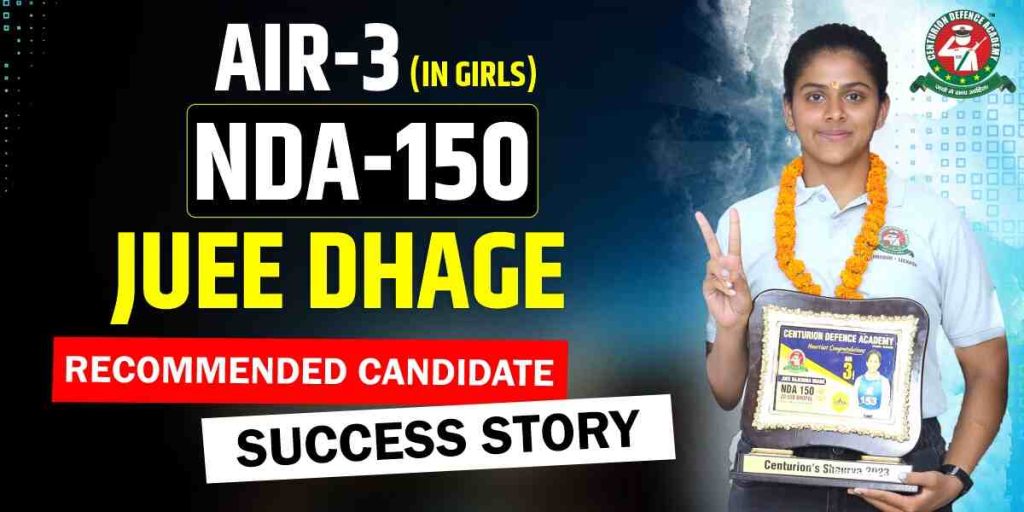
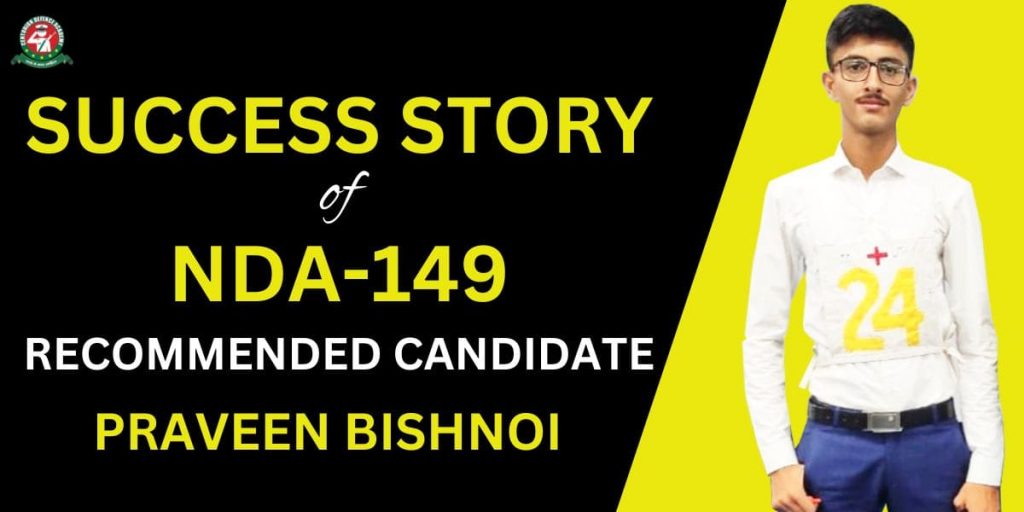
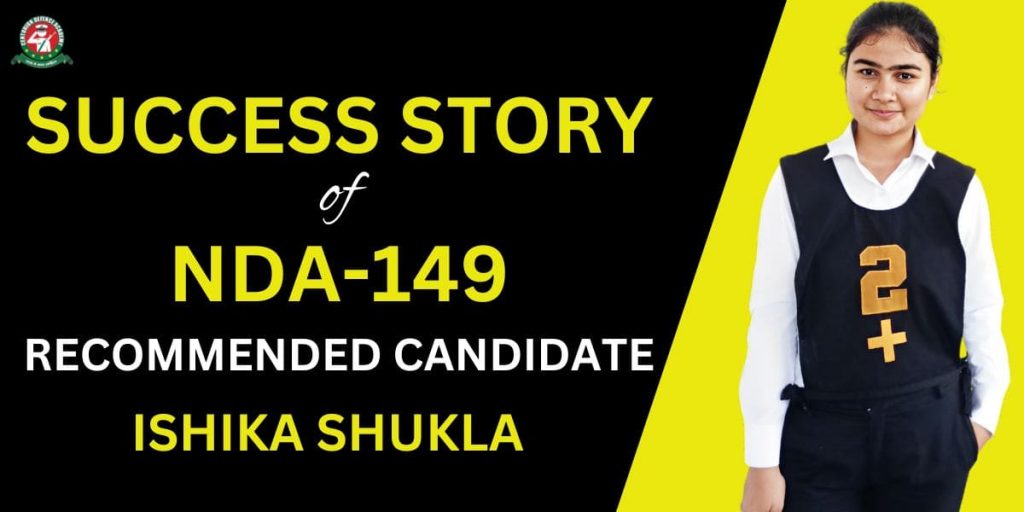
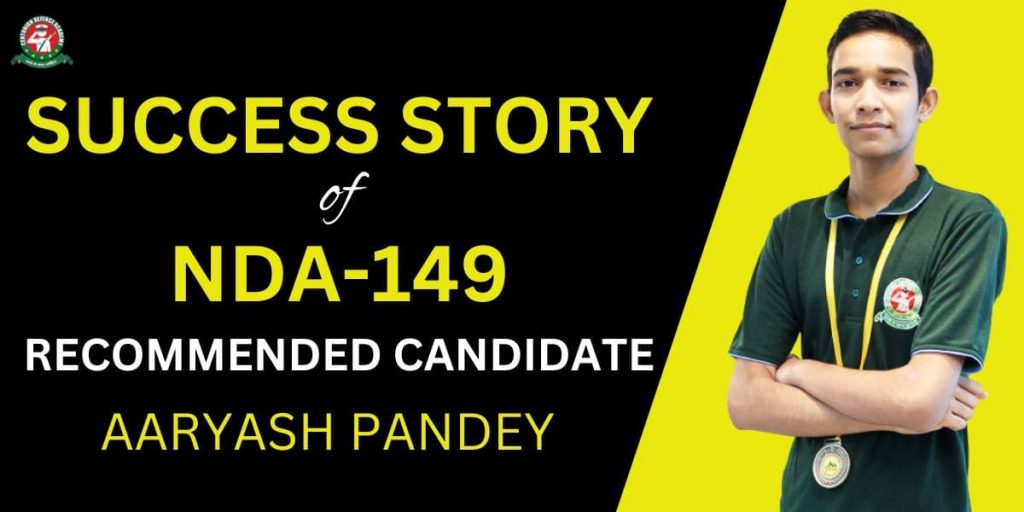
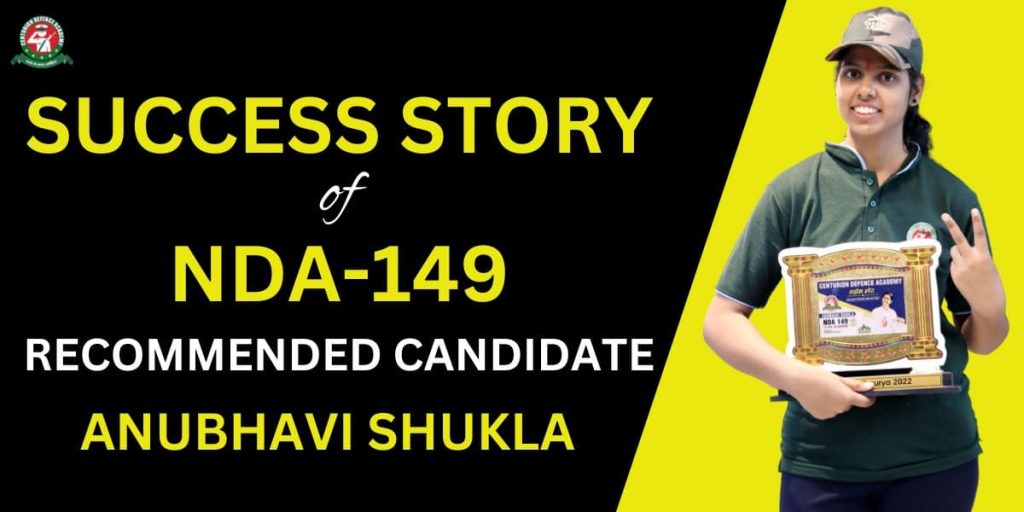
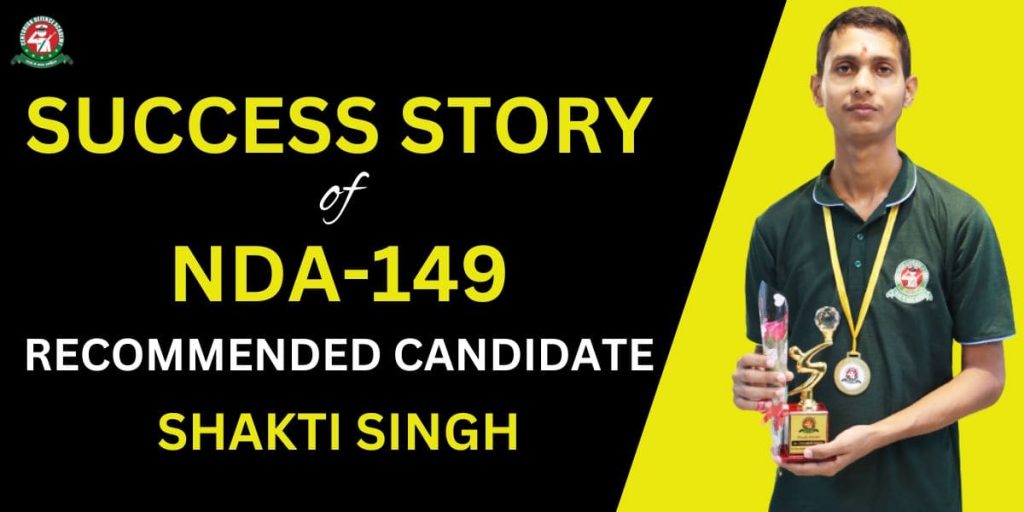
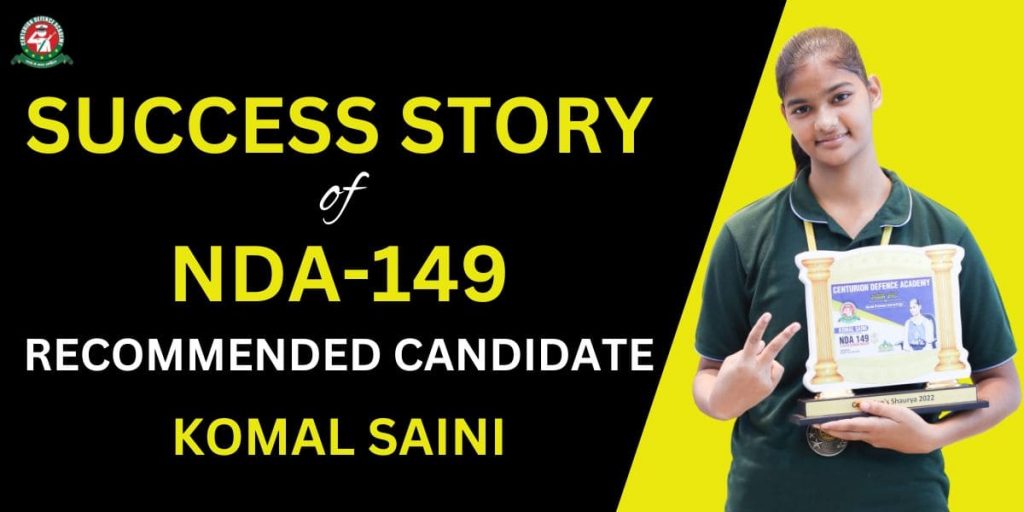
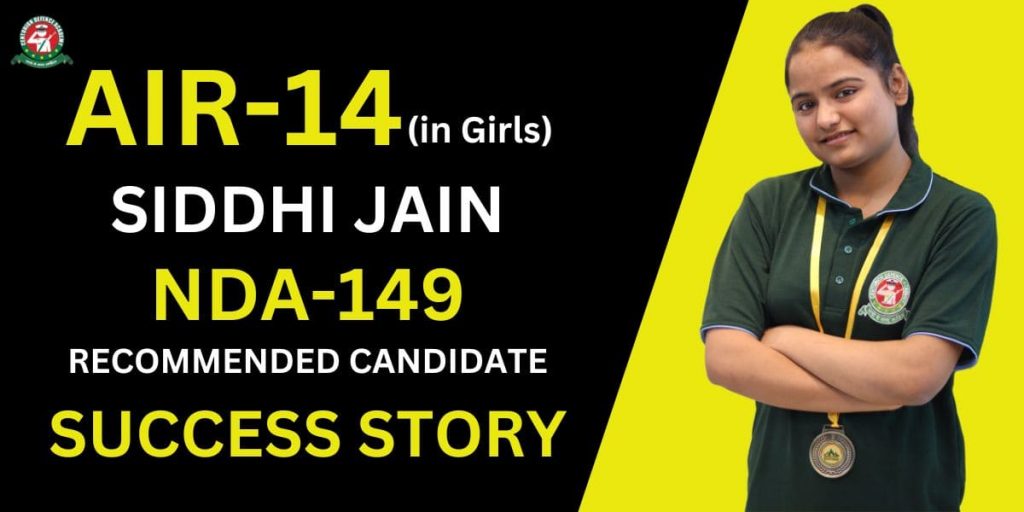
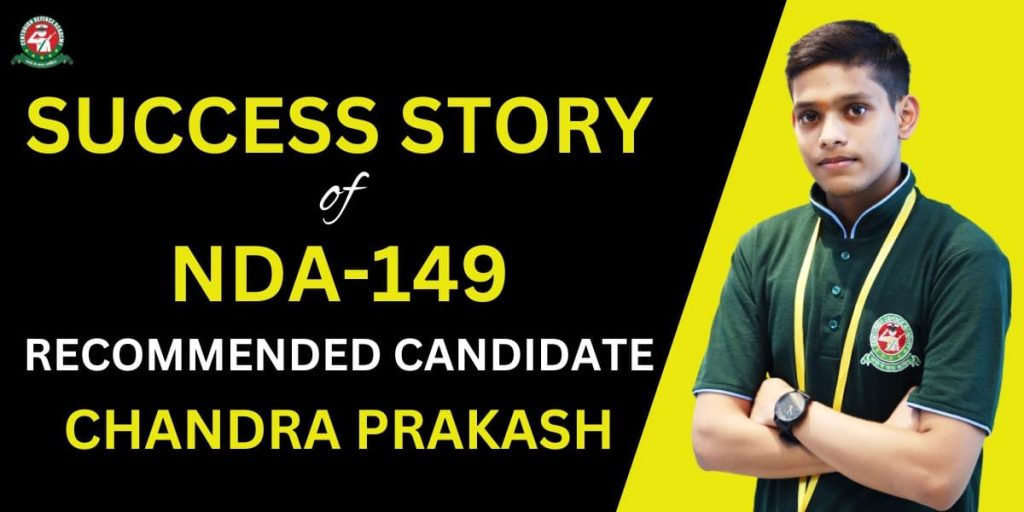
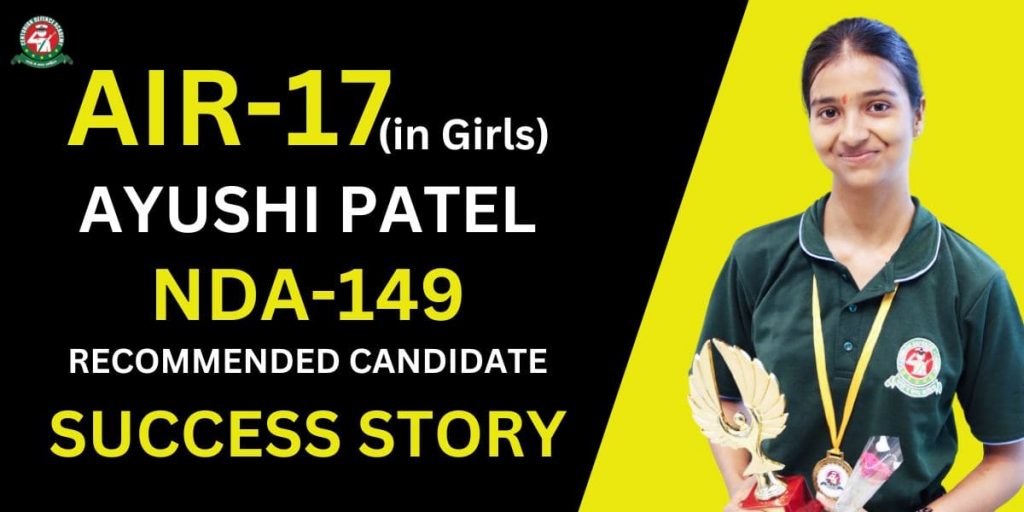
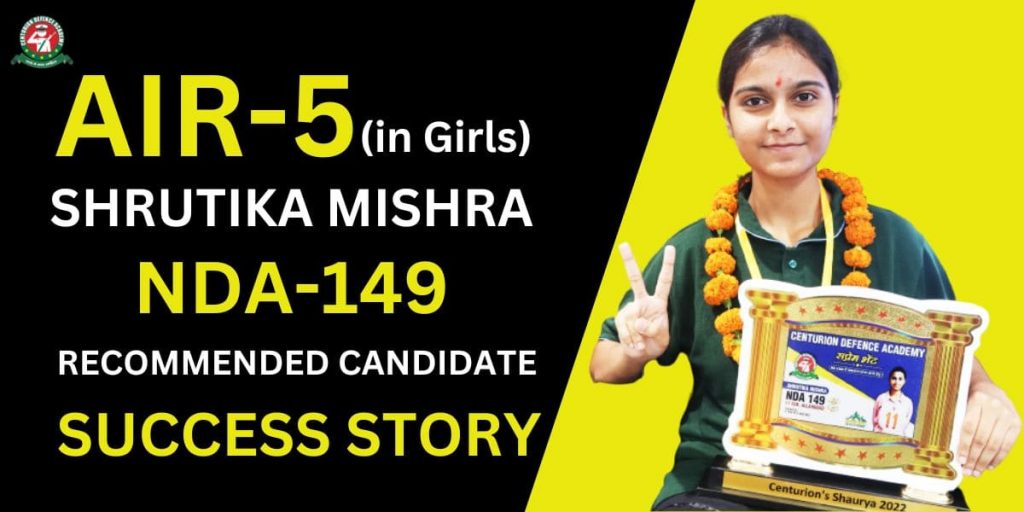
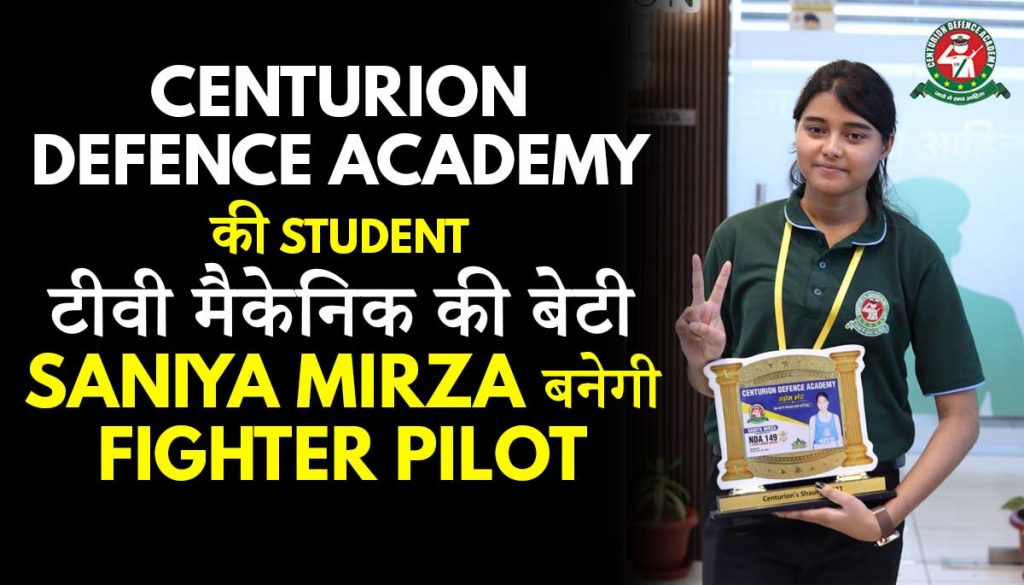


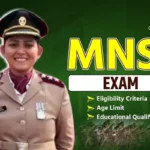






Leave Comment